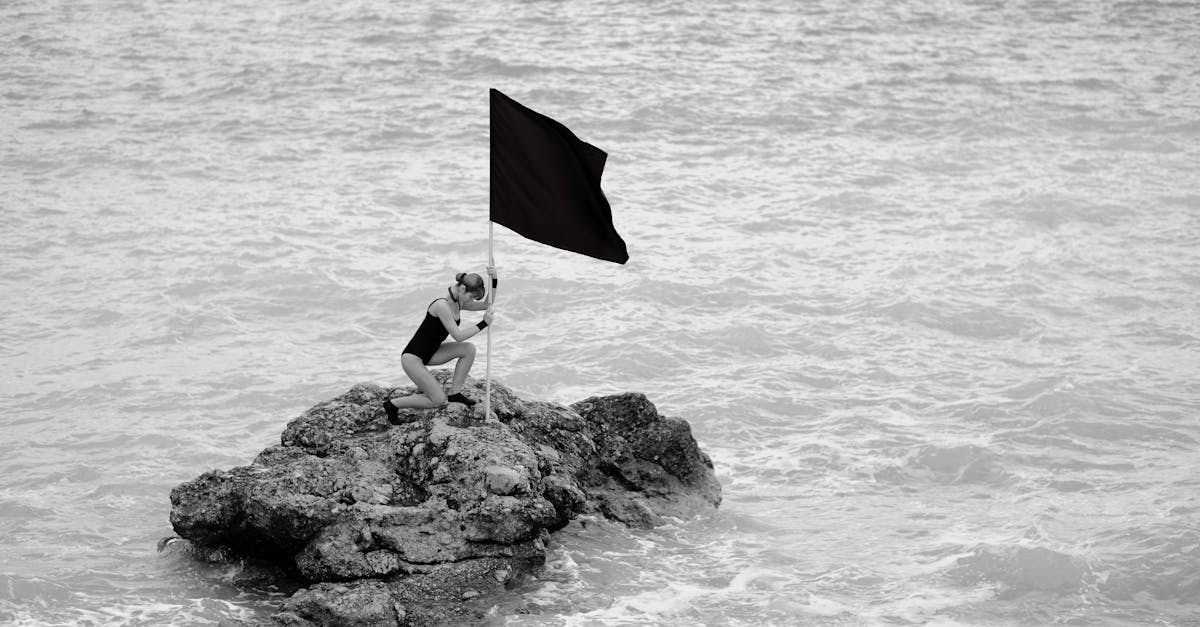Dispute Resolution Act
- Provides a framework for Alternative Dispute Resolution (ADR) in India, encompassing arbitration, mediation, and conciliation.
- Offers a two-tiered system with arbitration and conciliation for flexible conflict resolution.
- Allows parties to choose their procedures and arbitrators, ensuring flexibility and confidentiality.
- Arbitration awards are binding and enforceable, promoting finality.
- Judicial intervention is limited, primarily for arbitrator appointment and award enforcement.
- Globally compatible, aligning with the UNCITRAL Model Law.
- Includes provisions for arbitration agreements, arbitrator appointments, interim court measures, and detailed procedures.
- Awards must be written, dated, signed, and reasoned (unless otherwise agreed).
- Sets forth grounds for setting aside awards, such as party incapacity or invalid agreements.
- Limits appeals to ensure finality and enforceability.
- 2015 Amendment introduced 12-month timelines, curtailed judicial interference, and enhanced cost control.
- 2019 Amendment established the Arbitration Council of India (ACI) to regulate standards and promote institutional arbitration, mandating disclosure of arbitrator conflicts of interest, and limiting stay orders on awards.
- 2021 Amendment removed automatic stays on awards for fraud/corruption and streamlined enforcement.
- Recent Supreme Court arguments focused on court modification of arbitral awards under Sections 34 and 37. The Act is currently the subject of judicial review regarding the scope of court intervention in arbitral awards.
Qatar
- Strategic Partnership: India and Qatar elevated their relationship to a strategic partnership, aiming to double bilateral trade to nearly $30 billion by 2030.
- Geographic Location: Qatar is a small peninsular nation on the northeastern coast of the Arabian Peninsula, bordering Saudi Arabia and surrounded by the Persian Gulf. The Gulf of Bahrain separates it from Bahrain.
- Land Area: Approximately 11,571 sq km.
- Capital: Doha, the largest city.
- Landscape: Primarily flat, barren desert, with sand dunes in the south (Khor al Adaid) and rocky limestone formations to the north and west. Wadis are valleys that dry out except during rain.
- Settlement: Originally settled by Bedouin nomads, Qatar’s population today is largely foreign workers, mostly from Pakistan, India, and Iran. Few Qataris retain a nomadic lifestyle.
- Economy: Qatar’s economy relies heavily on oil and natural gas reserves, which form the majority of its government revenue.
- Language: Arabic is the official language, with a Gulf Arabic dialect spoken.
- Bordering Countries: Qatar shares a land border with Saudi Arabia and is surrounded by the Persian Gulf.
Sariska Tigers
-
Sariska Tiger Reserve (STR) is located in the Alwar district of Rajasthan, India, within the Aravalli mountain range.
-
It covers approximately 800 sq km and is notable for being the world’s first reserve to successfully relocate tigers.
-
STR’s diverse landscape includes rocky terrain, scrub forests, and various lakes and historical sites (Pandu Pol, Bhangarh Fort, etc.). Its flora includes dhok trees, salar, and other species; its fauna includes tigers, leopards, sambhar deer, and more.
-
The Rajasthan forest department is currently rationalizing the critical tiger habitat (CTH) within STR, following Supreme Court and Central Empowered Committee (CEC) recommendations. The current CTH (881.11 sq km) exceeds the existing sanctuary area.
-
The rationalization aims to align the sanctuary boundaries with the core tiger habitat without reducing the overall CTH area. This process has been extended to June 30, 2025.
-
Notification of STR’s eco-sensitive zone (ESZ) is planned for before December 31, 2025, following the CTH rationalization.
-
Concerns have been raised regarding the impact of CTH designation on local communities and potential violations of the Wildlife (Protection) Act, 1972. Calls have been made for stakeholder inclusion in the decision-making process.
Soil Health Card
- Soil Health Card Scheme completed a decade, launched in 2015 to provide soil health cards to all farmers.
- Cards assess soil nutrient levels (N, P, K, S, Zn, Fe, Cu, Mn, Bo, pH, EC, OC) and recommend fertilizer dosages.
- Soil samples are taken twice yearly (after Rabi and Kharif harvests) or when no crops are growing.
- Farmers receive a soil health card every 3 years.
- Village-level soil testing labs can be established by entrepreneurs, including SHGs and schools.
- The scheme is now part of the Rashtriya Krishi Vikas Yojana (RKVY).
- A mobile app (SHC) streamlines implementation and provides easier access.
- The scheme monitors soil health regularly, providing farmers with updated reports to guide crop choices.
- The scheme aims for sustainable agriculture and balanced fertilizer use, leading to higher yields at lower costs.
- The Ministry of Agriculture and Farmers Welfare is the nodal agency.
- The slogan is “Swasth Dhara Toh Khet Hara”.
CPC
-
A Ukrainian drone attack on the Caspian Pipeline Consortium (CPC) pumping station in southern Russia caused a significant reduction in oil flow.
-
CPC is a major pipeline transporting Kazakh oil to the Black Sea port of Novorossiysk for global export, including to Western Europe. It accounts for roughly 80% of Kazakhstan’s oil exports and approximately 1% of global supply.
-
The attack is estimated to reduce oil flow by 30-40% for 1.5-2 months. This impacts Kazakhstan’s economy significantly, as three-quarters of CPC’s oil comes from Western energy companies.
-
The CPC is a joint venture, with Russian and Kazakh governments, as well as Western energy giants (Chevron, ExxonMobil, Shell) holding stakes.
-
The pipeline’s total capacity is 1.4 million barrels per day.
-
Kazakhstan is working to diversify its energy export routes due to its reliance on Russian infrastructure, especially amid the ongoing Ukraine conflict.
-
Ukraine has repeatedly targeted Russian energy infrastructure during the war.
PLFS Data
- Urban unemployment rate remained unchanged at 6.4% in Q3 FY25.
- Male unemployment rate slightly worsened to 5.8%.
- Female unemployment rate improved to 8.1%.
- Youth unemployment (15-29) increased to 16.1%.
- Labour Force Participation Rate (LFPR) in urban areas remained at 50.4%.
- Male LFPR increased to 75.4%.
- Female LFPR decreased to 25.2%.
- Worker Population Ratio (WPR) in urban areas increased to 47.2%.
- Male WPR increased to 70.9%.
- Self-employment (39.9%), regular/salaried work (49.4%), and casual work (10.7%) remained unchanged.
- Female regular work share increased to 54.8%.
- Male regular work share decreased to 47.7%.
- Tertiary sector employment share rose to 62.7%.
- Secondary sector (manufacturing) employment share declined to 31.8%.
- PLFS data released by MoSPI.
- PLFS is a quarterly survey of urban areas measuring employment and unemployment in ‘Current Weekly Status’ (CWS).
- PLFS also conducts annual surveys for rural and urban areas.
- NSO has conducted PLFS since 2017.
Peppara’s Wild Heart
- Peppara Wildlife Sanctuary, located in Thiruvananthapuram district of Kerala, covers 53 sq km.
- Declared a sanctuary in 1983, it’s part of the catchments of Peppara dam on the Karamana River.
- Altitude ranges from 100 to 1717 meters, with peaks like Chemmunjimottai (1717 m) and Athirumalai (1594 m).
- Features diverse forest types: tropical evergreen, moist mixed deciduous, semi-evergreen, and Myristica swamp forests.
- Rich biodiversity: 43 mammal species (including tiger, leopard, elephant, and various deer), 233 bird, 46 reptile, 13 amphibian, and 27 fish species are recorded.
- Common tree species include Terminalia paniculta, T. bellerica, Pterocarpus marsupium, and others.
- The Vazhvanthol waterfall is nearby.
- Real-time monitoring and networking system implemented by the Periyar Tiger Conservation Foundation.

Transparency Report
- India is preparing its first Biennial Transparency Report (BTR) under the Paris Agreement.
- The BTR, part of the Enhanced Transparency Framework (ETF), details India’s progress in implementing climate change commitments.
- It covers mandatory aspects like greenhouse gas (GHG) emissions inventory and progress on Nationally Determined Contributions (NDCs).
- Optional sections include climate change impacts and adaptation, and financial/technological support.
- Developed countries are mandated to report financial, technological, and capacity-building support.
- All countries (except SIDS and LDCs) are required to submit BTRs every two years.
- India’s report will cover data up to 2022, unlike previous reports.
- Independent experts will review India’s BTR.
- India’s 2020 GHG emissions fell 7.93% from 2019 due to COVID lockdowns.
- The BTR is expected to show rising emissions, a common trend.
- India’s emissions are around 4-5% of the global total.
- Energy sector accounts for most GHG emissions in India (75.66%).
- Forests and other land use sequestered 22% of India’s CO2 emissions in 2020.
Inland Waterport
- Inauguration of an Inland Waterways Terminal (IWT) on Brahmaputra in Assam’s Jogighopa by Union Minister of Ports, Shipping, and Waterways Sarbananda Sonowal.
- Terminal built at a cost of ₹82.03 crore, strategically positioned for trilateral trade with Bhutan and Bangladesh.
- Foundation stone laid by Prime Minister Narendra Modi in February 2021.
- Expected to handle 1.1 million tonnes of cargo annually by 2027.
- Connected to Bangladesh, Barak valley, and other parts of India via IBP route. A railway link with Multi-modal Logistic Parks (MMLP) is planned.
- A port of call under the Protocol on Inland Water Transit and Trade (PIWTT) between India and Bangladesh.
- Located 108 km from Bangladesh border, 147 km from Guwahati, and 91 km from Gelephu, Bhutan.
- Aims to reduce transportation expenditure and offer an eco-friendly alternative transport mode via the Brahmaputra river.
- Handles primary commodities like food grains, fertilizers, coal, crude oil, etc.
- Significant increase in Inland Waterways transport in the last decade: 767% increase in operational waterways, 727% increase in cargo handled, and 62% increase in multimodal terminals.
- Cargo traffic on national waterways saw an exponential growth to 133 million tonnes in FY 2023-24, from 18 million tonnes a decade ago (22% CAGR).
